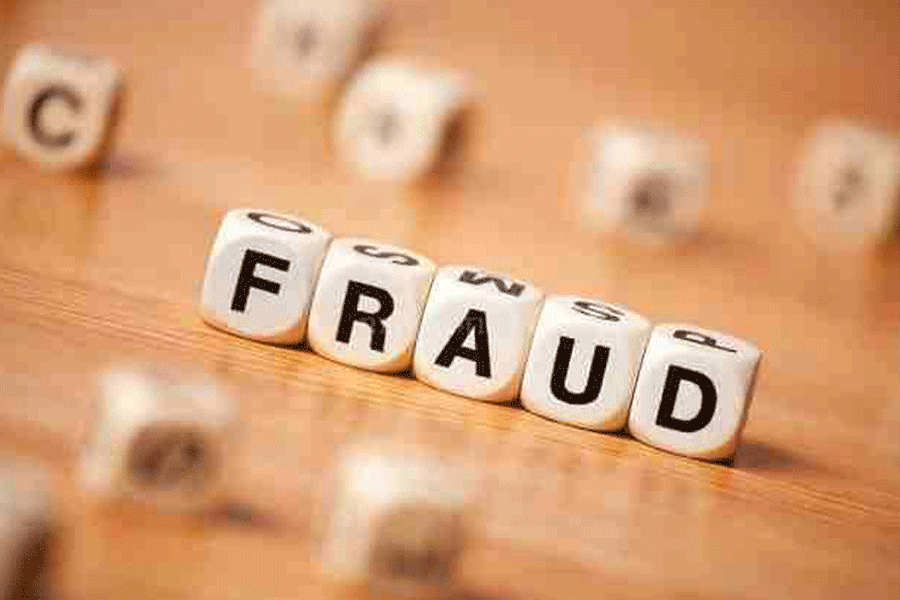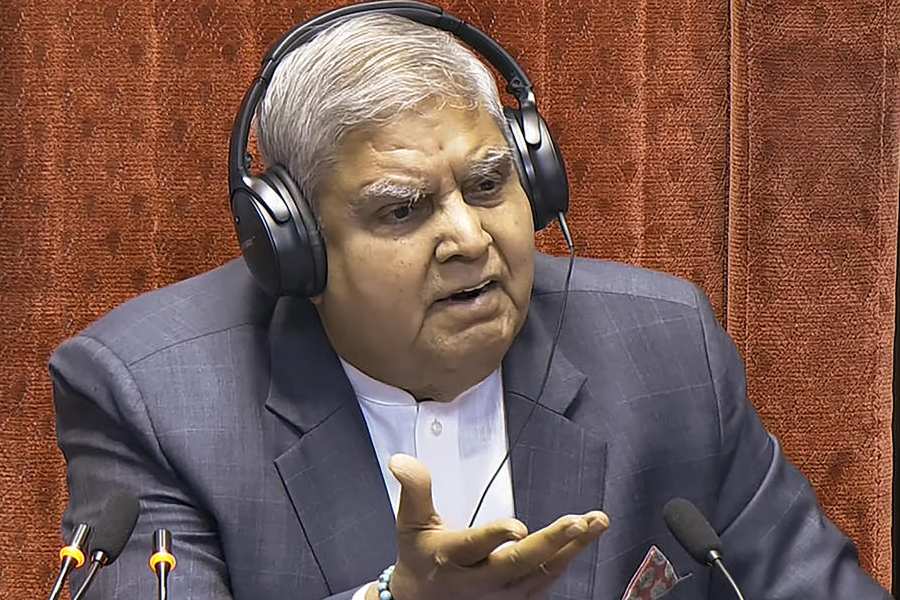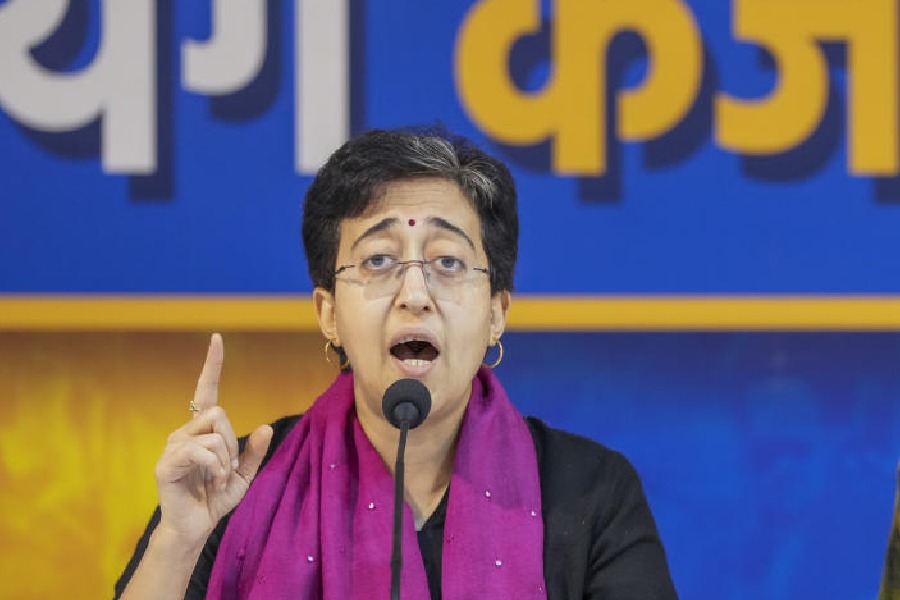A call to alert the owner of a credit card about a possible fraudulent transaction and offer help is a new strategy employed by swindlers to convince cardholders to share details of their cards or click on a fraudulent link.
A Ballygunge resident received a call on Thursday and was told that he had made a transaction of ₹43,900 using his “Gold” credit card. The caller mentioned the last four digits of what he said was the number of the card.
He asked the cardholder to type 1 if he had made the transaction or 6 if he had not.
The private company executive not only listened to the message carefully but took a minute to verify what the caller had just said. Neither does he own a “Gold” card nor did the four digits mentioned by the caller match the card number.
Realising that he was about to be duped, the Ballygunge resident disconnected the call.
However, police said, several other Calcuttans have fallen into the trap and got cheated.
The Telegraph spoke to police officers and banks to know how to tell a genuine communication from a bank from a fraudulent one.
Banks and swindlers both send text messages. Both make calls. Then how to ensure the recipient of a call or a text message is not duped?
How to know the caller is genuine? Bank officials and police officers said the best way to understand the nature of a call is to “listen carefully” and “cross-question” the caller.
“For example, if a caller says your debit card has been blocked and that he was there to help you, instead of divulging your card details or agreeing to click on any link, tell the person that you will directly contact the branch manager of the bank,” said a senior police officer.
Fraudsters either get scared and disconnect the call or start fumbling if they are quizzed, the officer said.
A senior bank official said asking for the PIN or the name of the branch where one has an account could establish whether the caller is actually a bank representative.
How to identify a fraudulent text message? An official in a private bank said the best way to ascertain whether a text message is genuine or not is to check whether it has been customised with the name and other details of the recipient.
“For example, the bank always sends a customised text message which has your name, email ID or registered phone number with an asterisk to mask some details. On the other hand, a fraudulent text message is generic. It does not have your name and other details because swindlers send such messages in bulk,” the bank official said.
“We tell customers to carefully read the messages. For example, a message says the recipient is eligible for a cashback or income tax refund and to get the money he has to update KYC. Such messages are fake. The recipient should look at the sender’s name, which should have the bank’s name. Also, a genuine message from a bank does not have any URL link that the recipient is encouraged to click,” an official of a nationalised bank said.
A senior police officer in the anti-bank fraud section of Kolkata Police said if a customer receives an OTP for a transaction which has not been initiated or a debit message for a transaction not made, the customer should immediately reach out to the bank.
How to report fraud? According to a directive from the Reserve Bank of India, banks should provide a 24X7 facility to customers through various channels — website, phone banking, email, text message and toll-free helpline — to report unauthorised transactions or theft or loss of payment instruments like a cheque.
In case of third-party fraud, where neither the customer nor the bank is at fault, and if the fraud is reported within three days of occurrence, there will be zero liability for the customer.











